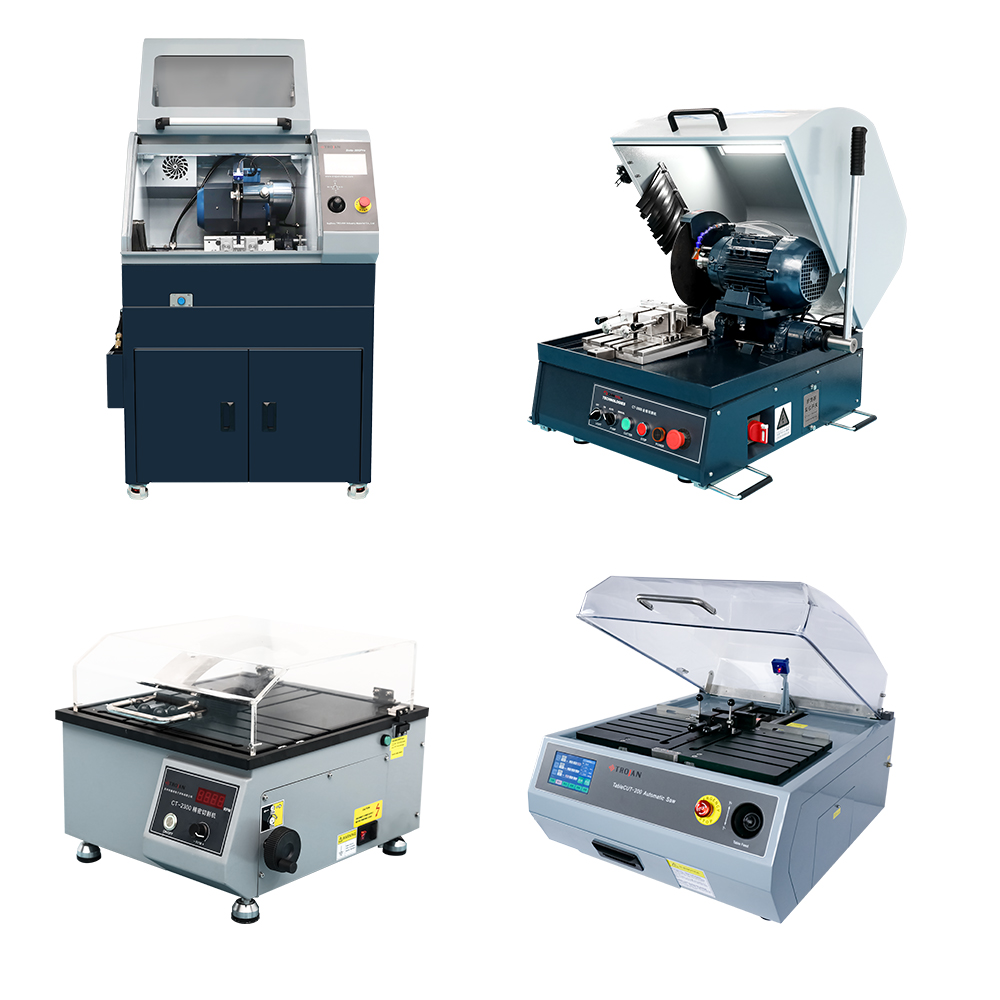According to the "Nature" magazine website August 1, 2013 (Beijing time), researchers at Harvard University used the quantum effect of nanodiamonds to turn it into a "thermometer" to measure the temperature changes inside human embryonic stem cells. By adding gold nanoparticles, researchers can also use lasers to heat or even kill specific parts of cells, which is expected to provide a new way to treat cancer without damaging healthy tissue, as well as new ways to study cell behavior.
There are other methods for measuring cell temperature, such as the use of fluorescent proteins or carbon nanotubes, but these measurements are lacking in sensitivity and accuracy, because some of these components react with substances in the cell. The sensitivity of the nano-diamond "thermometer" has increased at least 10 times.
Analysts pointed out that many biological processes involved in basic biology, from gene expression to cell metabolism, are strongly influenced by temperature, so the nano-diamond "thermometer" will be a useful tool. This high-precision temperature difference measurement technology based on nano-diamond particles can help doctors distinguish cancer-causing cells in the human body and make medical diagnosis in time.
At the same time, market analysts said that such a "thermometer" should be expensive, but the diamond is nano-scale. While it is able to detect temperature fluctuations from 0.05 to 0.05, the previous in vitro temperature measurement experiment has reached the temperature measurement of 0.0018 Kelvin. Scientists hope to use this technology to achieve the highest level of measurement accuracy in intracellular temperature measurement. To make other methods of measuring cell temperature difficult to achieve, we have reason to believe that this technology is not only used in the medical field. At present, transistors have reached a very small scale, at the 20 or 30 nm level, not far from the atomic level. Then, the most important thing is to understand the relationship between heat dissipation and the electronic structure of the device. Only by mastering this knowledge can the atomic equipment be truly manipulated, and the nano-diameter "thermometer" may come in handy. The application prospects of nanodiamond materials are therefore more extensive.

Huajing micro drill: detonation nano diamond powder SCMD-ND2
Nanodiamond related knowledge:
Nano-diamonds have been developed more than 30 years ago, but their application was limited to the field of abrasives such as polycrystalline and polishing agents. With the deepening of the understanding of the properties of nano-diamonds, nano-diamonds have begun to be applied in the fields of metal plating, lubricating oil, magnetic recording systems, medicine, etc., and the application fields are still expanding.
Traditional fields: 1. Nano-diamond and metal composite coating. After plating, the service life of the parts is increased by 1 to 9 times. The thickness of the plating layer can be reduced by 1 to 2 times. Standard plating equipment is used for plating. The diamond content in the metal plating layer is on average 0.3 to 0.5% by weight. The diamond consumption was 0.2 g (1 ct)/m2 when the plating thickness was 1 μm. 2. Nano diamond polishing fluid. Due to the ultra-fine and super-hard, the problems in optical polishing are solved.
Emerging areas: 1. Nano-diamond-polymer composites. Adding nano-diamond to the rubber can reduce wear by an average of 2 to 4 times, increase fracture resistance by 30%, and increase the failure temperature by 15%. The epoxy resin containing nano-diamond has higher adhesion and cohesion, and the addition of nano-diamond to the polymer can improve its strength, wear resistance and heat aging resistance. 1000 kg of rubber (polymer) consumes 1 to 5 kg of nano-diamond, and 1000 m2 of polymer coating consumes 1 to 5 kg of diamond. 2. Nano-diamond lubricant, coolant. The addition of nano-diamond to the lubricating oil can improve the working life of the engine and the transmission, save fuel oil, reduce the friction torque by 20-40%, and reduce the friction surface wear by 30-40%. 1000 kg of engine oil consumes 0.1 to 0.2 kg of nano-diamond. 3. Sintered body. In the field of abrasives, nano-diamonds are mainly used to mix high-strength and low-porosity diamond sintered bodies with transition metals, and their microhardness can reach 6000-7000kg/mm2. It can be used to process soft or brittle materials with low surface roughness. If the carbon is pre-epitaxially grown or the diamond fine powder synthesized by static pressure is added, the microscopic hardness of the diamond obtained by sintering at a pressure of 10 to 12 GPa can reach the level of the natural diamond single crystal. Drilling high-strength rock formations can meet or exceed the performance of CB-СП (Russia) polycrystals. 4. Nano-diamonds can also be used in magnetic record carriers such as magnetic tapes and magnetic disks to function as wear-resistant additives and physical modifiers. 5. Add to the intermetallic compound. Copper, tin, and zinc intermetallic compounds containing nanodiamonds can be used as friction components with very harsh working conditions, where plastic and liquid lubricants are often extruded. Nanodiamond is an ideal component material for copper-zinc or copper-tin alloys (content does not exceed 15% by volume). After adding nano-diamonds, the friction is reduced to 1/2 to 1/6. 6. Medicine. Nanodiamond can also be used medically for the treatment of tumors, gastrointestinal diseases, and skin diseases. It is non-toxic and non-carcinogenic or rust-resistant. Nano-diamonds are super-active adsorbents and bioactive locators that greatly enhance the efficacy of the drug.
related business:
Henan Yuxing Huajing Microdrill Co., Ltd. is a professional research and development, production and sales company specializing in synthetic diamond micropowder, nanodiamond powder, polycrystalline micro/nano diamond powder, ultrafine grain diamond single crystal, diamond crushing material and shaping material. High-tech integrated enterprise with diamond plating (nickel plating, copper plating, titanium plating) and extension products. In the field of nano-diamonds, the company has more than 20 years of experience in nano-diamond research and development, independent research and development of production equipment, and close cooperation with many of the world's top nano-materials laboratories, the original automated pollution-free green environmental protection line to ensure the product super Clean production. The company can produce 5~200nm particle size, strong technical advantages and advanced management mode to ensure that Huajing micro-drill is in the leading position in the global nano-diamond field. At present, the company has built a large-scale automated production line to meet market demand.
Trojan material technology co., Ltd is China metallographic precision sectioning machine Manufacturers and metallurgical precision sectioning machine suppliers, High quality, factory direct sales,metallographic grinding All kinds of grinding and precision cutting machines and slice saw equipment for metallographic testing. Sample preparation for microscopic examination begins with a reduction in quality. Suitable equipment has a firm and stable appearance to minimize the depth of sample surface deformation. Grinding saws and precision saws save time by limiting the number of steps required to analyze samples after slicing. Find the right sharpening, Precision Cutting Machine or slicing consumable product for your material testing application below.
Equipment to meet various cutting needs
Fast and accurate cutting requires carefully developed equipment and consumables. We offer a complete range of cutting machines, gripper tools and cutting wheels, all designed to ensure convenient, efficient and deformation-free cutting for a wide range of workpiece sizes.
Manual, automatic and semi-automatic machines
Machine suitable for all workpiece sizes and requirements
Floor stand and table top machines

Cutting Equipment,Metallurgical Cutting Machine,Cutting Machine Metallography,Sample Cutting Machine
TROJAN (Suzhou) Technology Co., Ltd. , https://www.trojanmaterials.com
